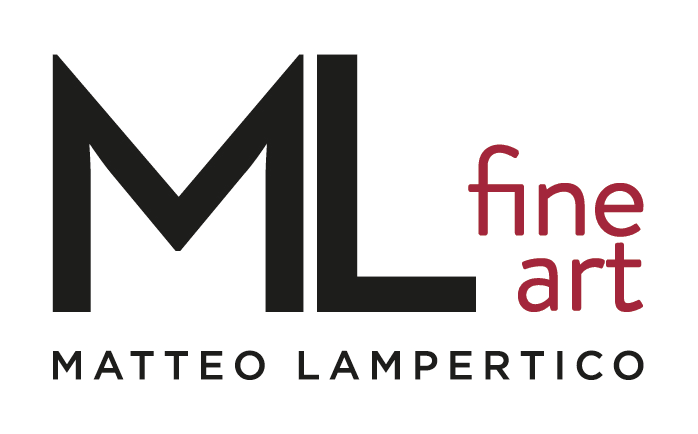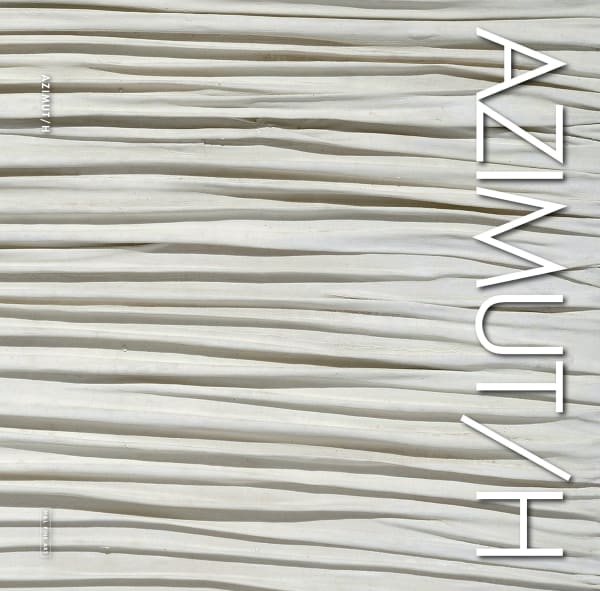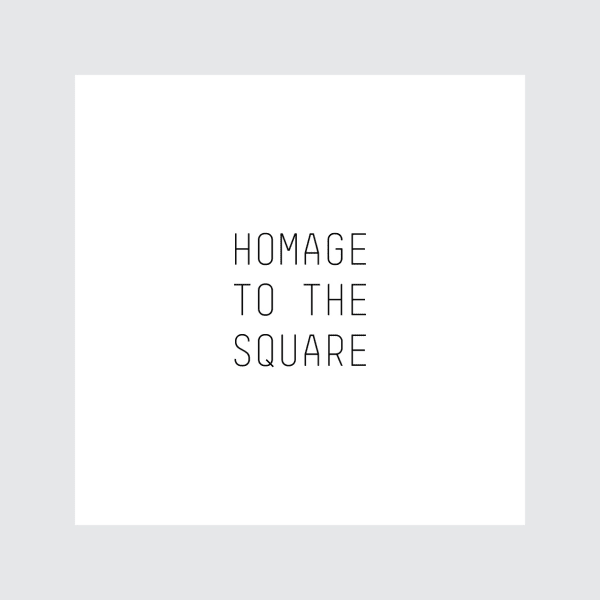Antonio Calderara Italian, 1903-1978
Antonio Calderara was an enigmatic character, difficult to pigeonhole into an artistic well defined: in the course of his life, in fact, he came into contact with many Italian and foreign artists, drawing inspiration from them, but at the same time maintaining independence and freedom of expression.
Autodidact, Calderara formed his expressive language in the context of Milan, from a first figurative period, influenced by the currents of the first group twentieth century, then by the discovery of Piero della Francesca and Seraut, but also of Morandi, Guidi and Donghi, one abstract in line with the research of great European masters, as Albers, Mondrian, Mavigner and Max Bill. His work, or rather, his entire life, spent in an isolation almost ascetic on the shores of Lake Orta , revolves around the attempt to “understand what it was the painting”, to grasp the essence of the latest and all its production is united by this tension and the role they have in it light and color.
-

Esprit de géométrie
25 May - 23 Jul 2021ML Fine Art is pleased to announce the upcoming exhibition Esprit de géométrie, from May 25 to July 23 2021, in via Montebello 30, Milan. The show explores the connection...Read more -

Antonio Calderara
15 Apr - 3 Jun 2016Antonio Calderara represents a hidden bridge connection between Italian Post-War abstract art and French and American Post-War abstract art and, for the first time a series of his works will be displayed by ML Fine Art in London.Read more
-

Homage to the square
20 Apr - 26 Jun 2015“Homage to the Square” is the title chosen by Josef Albers for all his works after 1950. These works comprise over one thousand paintings, all absolutely square in shape, in...Read more
Born in 1903 in Abbiategrasso, Italy, Antonio Calderara was Self-taught as a child growing up in Milan, and later mentored for a time by a young Lucio Fontana. The earliest in uences of Antonio Calderara were of the guration and light effects of Piero della Francesca, Seurat and the Milanese Novecento painters. After abandoning his university studies in engineering in 1925 the young man dedicated himself fully to experimenting with colour and form.
Through portraiture, landscapes and still lifes, Calderara depicted the people, scenes and objects of his native Italy – all suffused by a delicate, misty light inspired by the atmospheric glow of Lake Orta in Vacciago, where the artist moved in 1934 with his wife Carmela, and where he would work for most of his life. By the mid-1950s, Calderara began to move away from figurative painting to embrace a more geometric approach, radically reducing both the scale and the compositional elements of his paintings through use of simple forms andat blocks of nebulous and subtle colour. Situated neither within Constructivist nor Minimalist movements, his pared-down vocabulary of lines and squares, re ned colour palette and precise measurements nevertheless positioned Calderara closely with other minimalist painters at the time, including Piet Mondrian and Josef Albers, both of whom the artist admired greatly. Later in life, and with failinghealth, Calderara began to focus on watercolours, a medium that perfectly captured the subtleties of transparency, washed with an equal,uniform treatment.
Antonio Calderara continued to work up until his death in 1978. Solo exhibitions include ‘Antonio Calderara: Light-Spaces. Paintings from Fifty Years’, Ernst Barlach Haus, Hamburg, Germany (2018); Kunstmuseum, Winthertur, Switzerland (2017); MASI, Lugano, Switzerland (2016); Fondazione Zappettini, Milan, Italy (2011); Pinakothek der Moderne, Munich, Germany (2003); Contemporary Art Museum of Genoa, Italy (1995); ICA, London, UK (1974); Kunstmuseum Düsseldorf, Germany (1973); Kunsthalle Bern, Switzerland (1969); Stedelijk Museum, Schiedam, Netherlands (1968); Kunstmuseum Lucerne, Switzerland and Museo d’Arte Moderna, Rio de Janeiro, Brazil (1965). His work was included in the Venice Biennale in 1948 and 1956 and Documents 4 in Kassel, Germany in 1968.
His work is featured in numerous private collections, as well as the R&B Collection and Sammlung Hackenberg in Munich, Germany; P420 Art Gallery, Bologna, Italy and the Josef Albers Museum in Bottrop, Germany. The legacy of this important Italian artist is preserved through the Fondazione Antonio and Carmela Calderara, the artist’s former homeand studio housed within a 17th-Century villa-cloister of Vacciago, North of Milan. The collection includes many of Calderara’s own works, plus more than 300 artworks by dozens of international artists with whom he had relationships. of friendship and esteem, all joined together by a general tendency towards abstraction.
-

MIART 2021
17 - 19 Sep 2021ML Fine Art is pleased to announce its participation to the 25th edition of Miart, Milan’s international modern and contemporary art fair, that will take...Read more -

NOMAD 2021
8 - 11 Jun 2021ML Fine Art is pleased to announce its participation at NOMAD ST. MORITZ 2021, with a selection of works by Carla Accardi, Alighiero Boetti, Antonio...Read more -
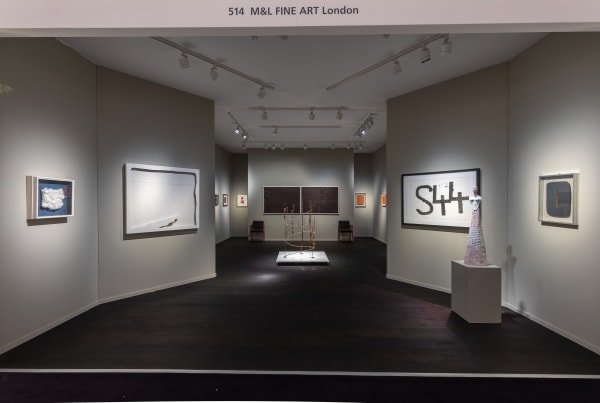
TEFAF Maastricht 2020
4 - 11 Mar 2020We are pleased to announce our participation at TEFAF Maastricht 2020. Our booth will showcase a selection of historically relevant paintings, sculptures and works on...Read more -
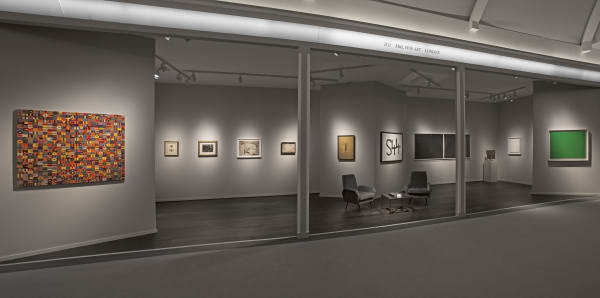
Masterpiece London 2019
27 Jun - 3 Jul 2019M&l Fine Art is pleased to participate, for the fourth consecutive year, at Masterpiece London. Our booth featured a selection of historic works by Modern...Read more
-
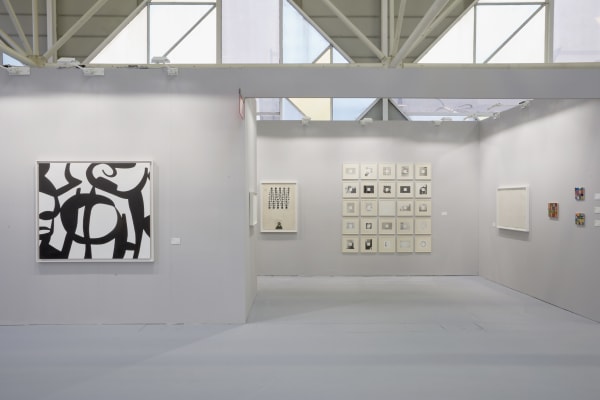
Artefiera 2019
1 - 4 Feb 2019Galleria Matteo Lampertico is pleased to partecipate at Artefiera 2019. Our booth will present a selection of works by Italian artists, including Carla Accardi, Angelo...Read more -

Masterpiece London 2018
28 Jun - 4 Jul 2018Read more -
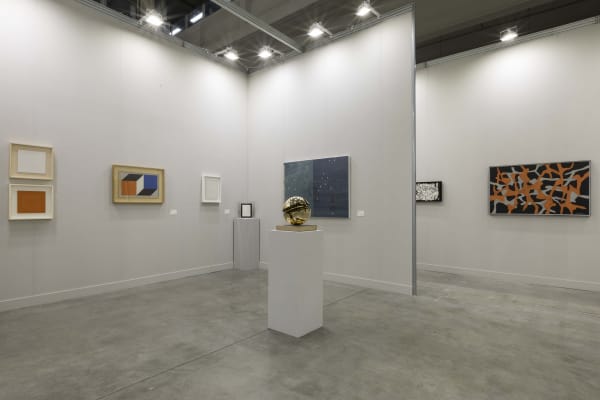
MIART 2018
13 - 15 Apr 2018Galleria Matteo Lampertico is pleased to partecipate at Miart 2018. Our booth will present a selection of works by Italian and Internartional artists, including Alighiero...Read more -

TEFAF Maastricht 2018
8 - 18 Mar 2018M&L Fine Art is pleased to announce its inaugural participation at TEFAF Maastricht. Our booth will present a curated selection of Italian and international post-war...Read more
-

Artefiera 2018
2 - 5 Feb 2018Galleria Matteo Lampertico is pleased to partecipate at Artefiera 2018. Our booth will present a selection of works by Italian artists, including Alberto Burri, Carla...Read more -

Masterpiece London 2016
30 Jun - 6 Jul 2016Read more -

Miart 2016
8 - 10 Apr 2016Read more
